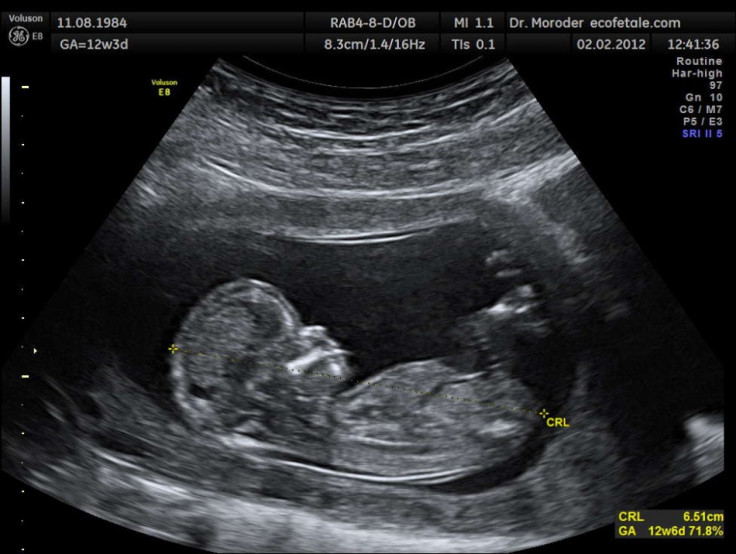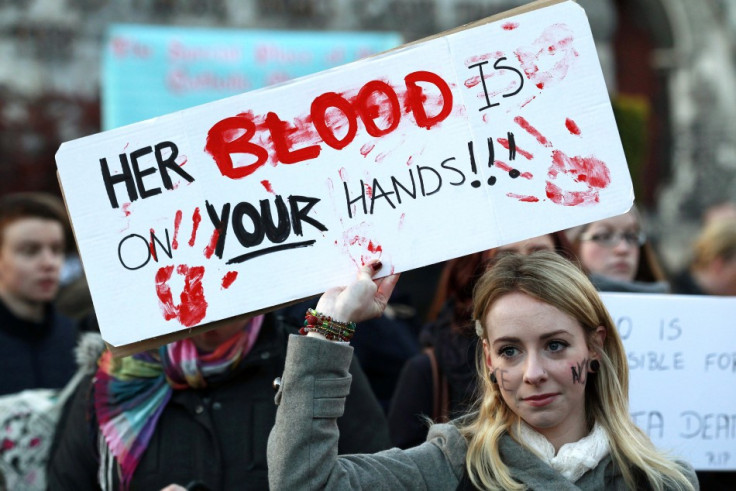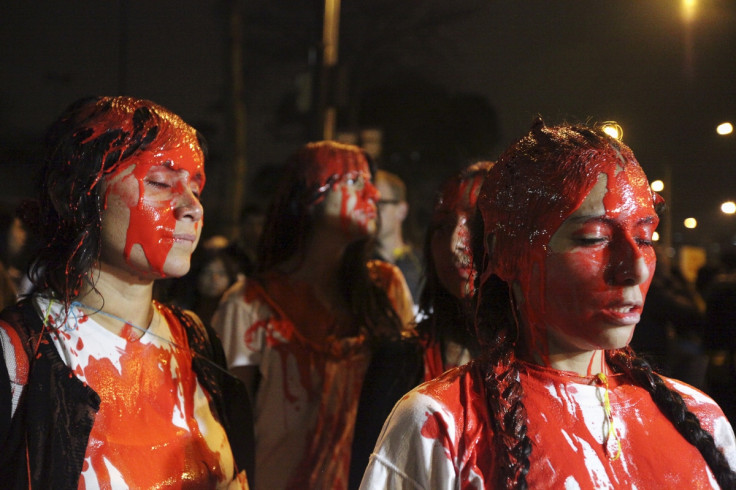#ShoutYourAbortion: Pregnancy termination has transformed women's lives and should be celebrated

A campaign to reduce the stigma of abortions has become a trending topic online, with those in the pro-life and pro-choice camps fiercely divided about the #ShoutYourAbortion hashtag. It was started by writer Lindy West, who posted her friend Amelia Bonow's positive experience of abortion at a Planned Parenthood Clinic – talking about the "exceptional level of care" and how she felt no shame or regret in her choice.
Since then there have been thousands of tweets reacting to her post and hashtag, with the campaign seemingly being hijacked by those opposed to abortion, saying it is nothing to be proud of. This reaction has, in turn, started a backlash against pro-lifers.
But what has become a debate about choice in the modern world should also highlight the way access to safe abortions have transformed the lives of many women across the globe – and the deaths of those still without access to the procedure. Regardless of motivation, abortions have and continue to change the lives of women for the better.
A short history of abortions
Abortions have been carried out since ancient times, with references to the removal of a foetus dating back around 4,000 years. Throughout the ages many different techniques were used – mostly non-surgical – including bloodletting, fasting, and pouring hot water onto the abdomen. Wearing a tightened girdle was used as a method until as late as the 1800s.
Abortions were made illegal in England in the 19th century, but with women still finding themselves with unwanted pregnancies, they increasingly turned to dangerous methods. Women would drink gin and turpentine, throw themselves down a flight of stairs and visit 'backstreet' abortionists, where surgeries would often be very bloody and fatal. Items like glass rods, spoons, sticks, and knives would be used.

In the 1920s, feminist movements led to the Infant Life Preservation Act, which made abortions legal where it would preserve the life of the mother. Techniques became more advanced and safer, leading to modern methods.
While impossible to quantify, it is thought the move away from backstreet abortions has saved thousands upon thousands of lives.
Danger of pregnancy and childbirth
Pregnancy and childbirth is still pretty dangerous. Before modern medicine, one in three women died as a result.
Now, about 800 women die from pregnancy or childbirth-related complications around the world every day. In 2013, 289,000 women (that the World Health Organisation knows of) died from complications – with far more suffering injury, infection, or disease.
The WHO notes that there are five direct complications that lead to death. These are haemorrhage, infection, unsafe abortions, eclampsia (high blood pressure leading to seizures), and obstructed labour.
In the UK between 2010 and 2012, of the 357 women who died during pregnancy, childbirth, or in the six weeks after, around a quarter of the deaths were down to sepsis. In developing countries however, unsafe abortions are the leading cause of death, accounting for 15% of maternal deaths across the globe. Further to this, unsafe abortions result in seven million women needing treatment for complications arising every year, with Pakistan having the highest rate of dangerous procedures.
Lack of access to safe abortions
As highlighted, unsafe abortions still account for vast numbers of deaths every day around the world. But not having access to a safe abortion is not just a third world problem. The death of Savita Halappanavar in 2012 brought widespread attention to abortion laws in Ireland.

Halappanavar, who was 17 weeks pregnant, had begged doctors for an abortion because she was in severe pain. She was told by doctors she was suffering from a miscarriage and there was no way of the foetus surviving.
Her request for an abortion was refused because they could not terminate while the foetus still had a heartbeat. She was in hospital for two-and-a-half days before it died, after which she was taken to the intensive care unit where she died from septicaemia a little under a week later.
More to be done
With many women across the world still unable to access safe abortions, the need for more clinics, trained medical professionals and less restrictive laws is clear. And this is not just in developing countries. In certain states in the US, access to care is shrinking as laws become ever stricter.
Previous research by the Guttmacher Institute has shown restricting the availability of legal abortions does not reduce the number of women attempting to end unwanted pregnancies. The survey looked at 197 countries. It found that despite a move towards more liberal abortion laws, 40% of women in the world still live in countries with tight restrictions.
Women unable to access safe abortions will travel to places where they can have the procedure carried out – or, if they cannot afford to do so, will seek out unsafe abortions.
Sharon Camp, director of the Guttmacher Institute, said: "Investing in family planning is essential - far too many women lack access to contraception, putting them at risk. Legal restrictions do not stop abortion from happening, they just make the procedure dangerous. Too many women are maimed or killed each year because they lack legal abortion access."
© Copyright IBTimes 2024. All rights reserved.






